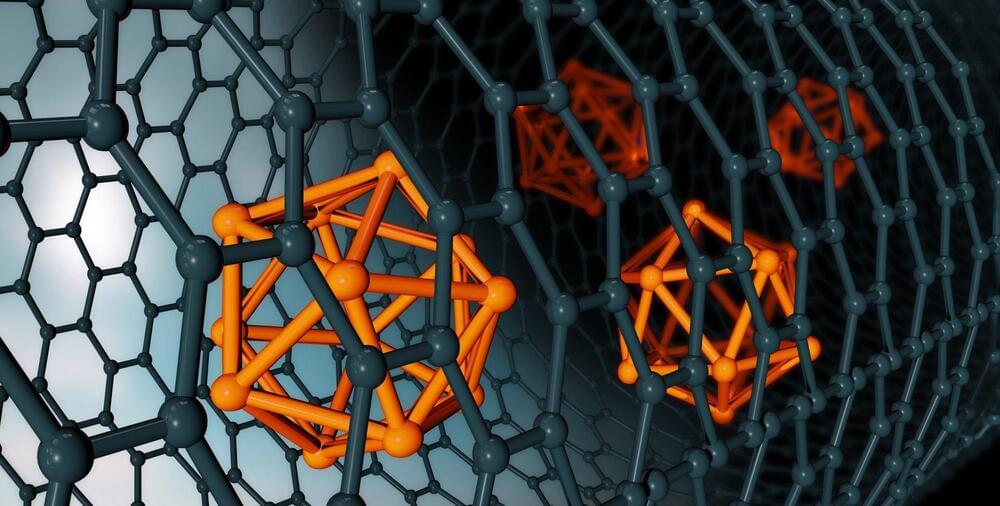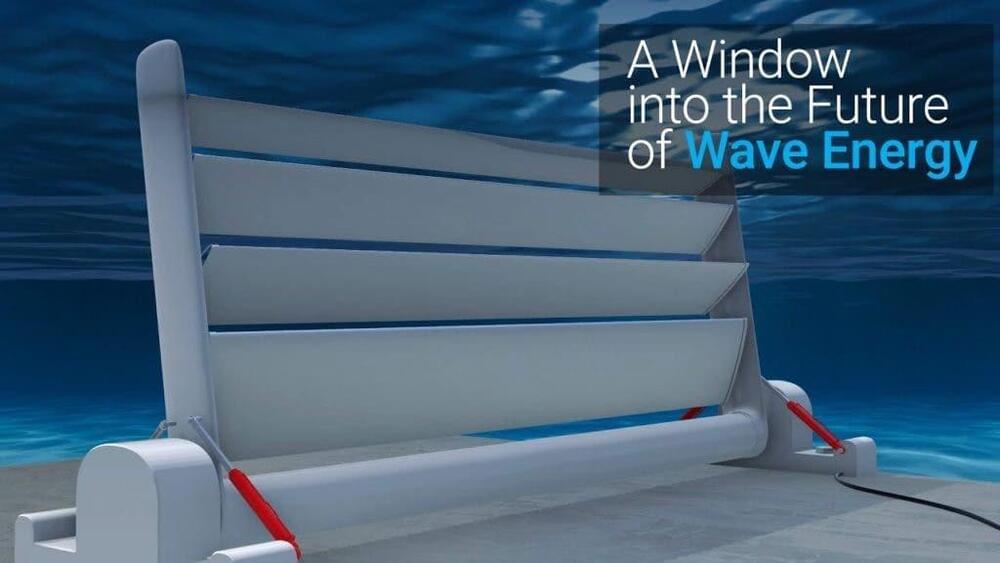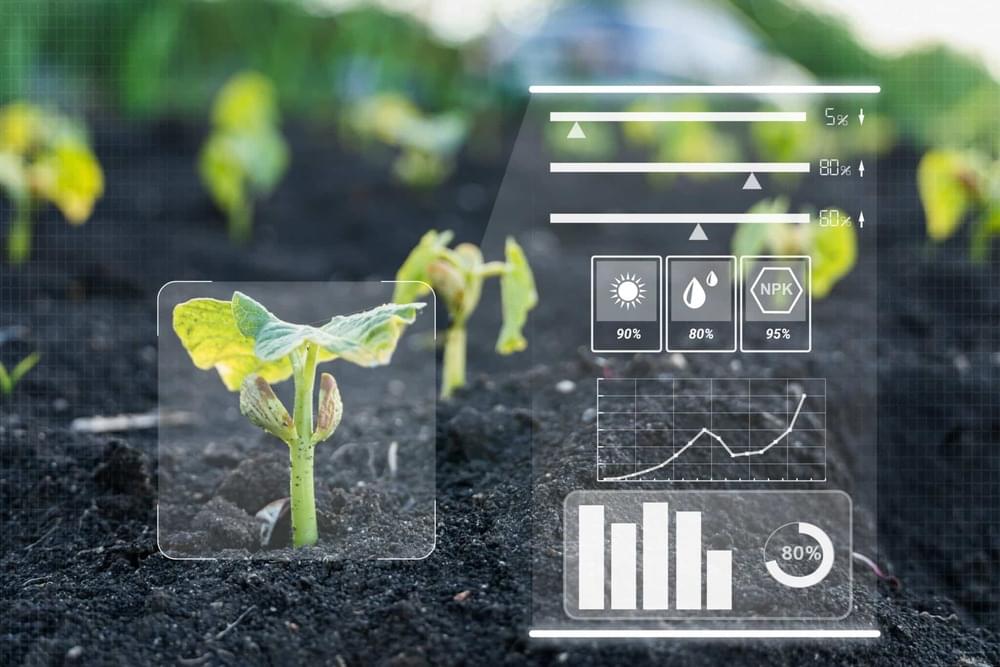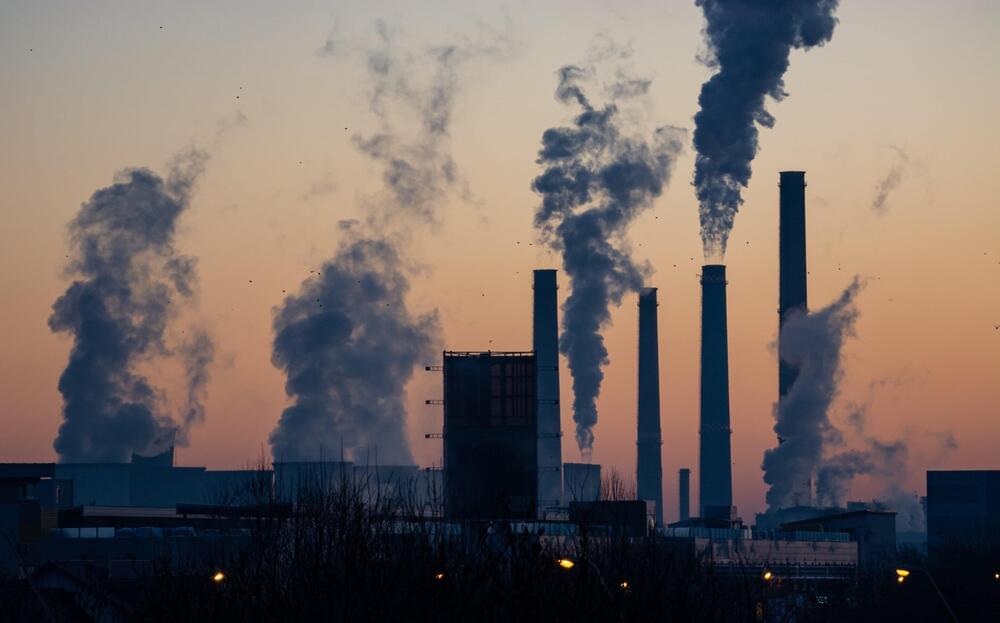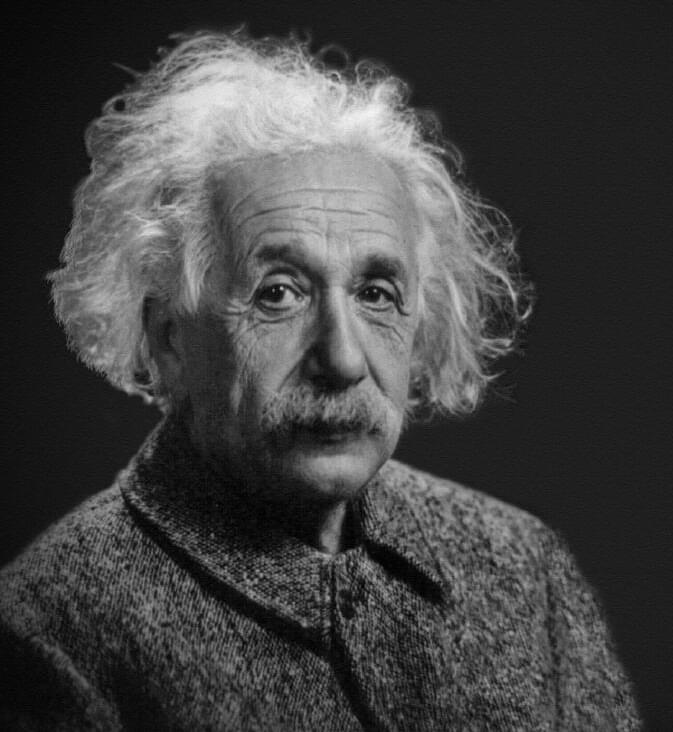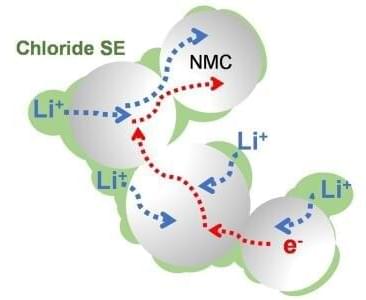Feb 22, 2022
NanoWire Tech Could Usher In a New Age of Supercomputing
Posted by Shubham Ghosh Roy in categories: economics, energy, government, nanotechnology, physics, supercomputing
Building a better supercomputer is something many tech companies, research outfits, and government agencies have been trying to do over the decades. There’s one physical constraint they’ve been unable to avoid, though: conducting electricity for supercomputing is expensive.
Not in an economic sense—although, yes, in an economic sense, too—but in terms of energy. The more electricity you conduct, the more resistance you create (electricians and physics majors, forgive me), which means more wasted energy in the form of heat and vibration. And you can’t let things get too hot, so you have to expend more energy to cool down your circuits.
